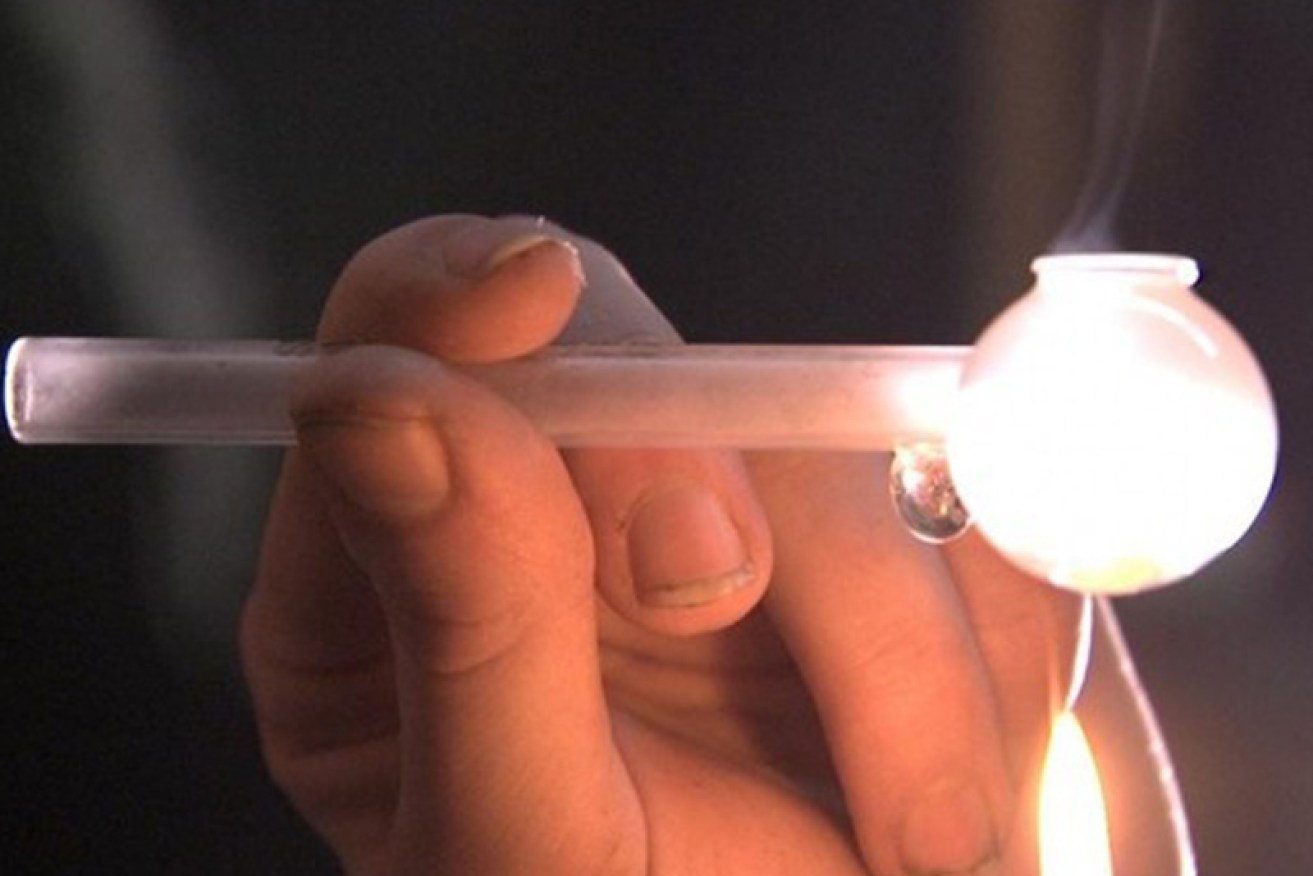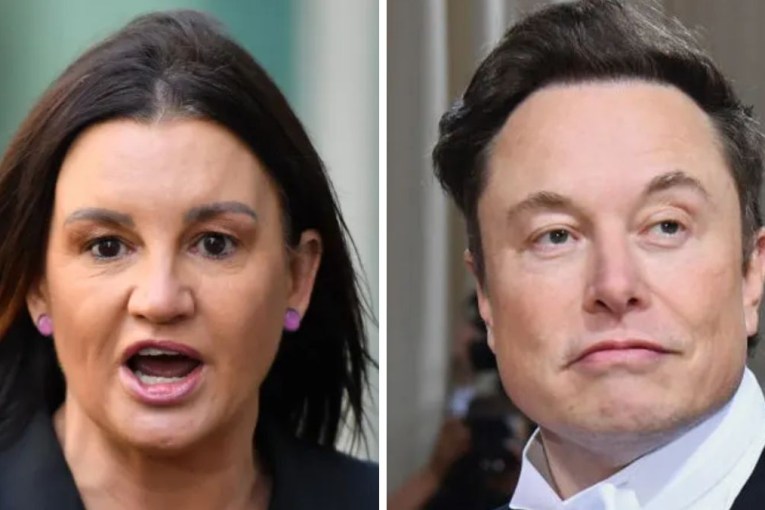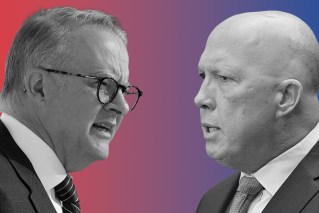PM’s ‘dob in a dealer’ campaign

ABC
Prime Minister Tony Abbott has announced a million-dollar “dob in a dealer” campaign to help tackle the national ice scourge.
The new push to encourage members of the public to report suspected drug laboratories and dealing operations will be modelled on a Crime Stoppers campaign in Victoria.
• Lambie’s plea for policy change
• Son’s ice habit rattles minister
• The Australian state testing everyone for meth
“The fight against ice and illegal drugs can only be effective when the community and law enforcement agencies work together,” Mr Abbott said in a statement on Sunday.
Meanwhile, new research shows Australians have an inflated sense of the ice problem.
A survey of 11,000 people revealed only one in seven respondents had an accurate idea of the drug’s prevalence.
Mr Abbott announced more money to tackle the problem – $18 million over four years for the Australian Crime Commission to help it track drug syndicates.
“Ice is the worst drug scourge Australia has faced,” he said.
“Over the years we’ve faced a wave of illegal drugs, different illegal drugs, but this latest wave is the worst.”

Senator Jacqui Lambie has revealed her son is addicted to ice. Photo: AAP
The Prime Minister is not the only one who has used strong language about Australia’s ice problem, and according to drug researchers, it may be making matters worse.
Jan Copeland, the director of the National Cannabis Prevention and Information Centre, said only one in seven respondents had an accurate picture of the problem.
“Almost half of those who responded believed that between 30 and 100 per cent of Australians had tried ice in their lifetime, and of course this is very far beyond the actual figure which is seven per cent,” Professor Copeland said.
She said those misconceptions might be making the drug more attractive to people who are thinking of trying it.
“We know that when drug use is seen to be normalised, it means that people are more likely to try it and to use it,” Professor Copeland said.
“So it’s important that we do have a counterpoint to that and say that it is actually seven per cent.”
‘No family or person is immune from the temptation’
There were also surprising findings about the profile of ice users, with the majority of users either middle or high income earners.
“So they weren’t sort of completely dysfunctional people living in someone’s caravan in the backyard, they were mainstream Australians,” Professor Copeland said.
One such mainstream Australian is Mark, who did not want his real name to be used.
“It makes me feel really good firstly, and makes me feel really alert and attentive,” he said.
He smokes ice once or twice a week, usually on Fridays and Saturdays, and holds down a job that pays more than $150,000 a year.
“I don’t feel like it affects my performance the next day, whether it’s work or social, I can carry on functioning quite normally,” Mark said.
“You see some of these ads on TV and it portrays us as being all cranky and aggressive. I don’t feel that way at all.”
Professor Copeland said the prevalence of ice use among middle to high income Australians was proof that anyone could end up using the drug, and therefore be at risk of addiction.
“Ice use and ice addiction can happen to anyone, no family or person is immune from the temptation,” she said.
“When we look at the reasons why people use, why they try, it’s because their friends are using, because they want to party harder, or because they’re just curious, and these are very common reasons for people to engage in all kinds of behaviours.
“It’s not going to be some very strange person that offers you these kinds of drugs, it’s going to be your friends.”
– ABC








